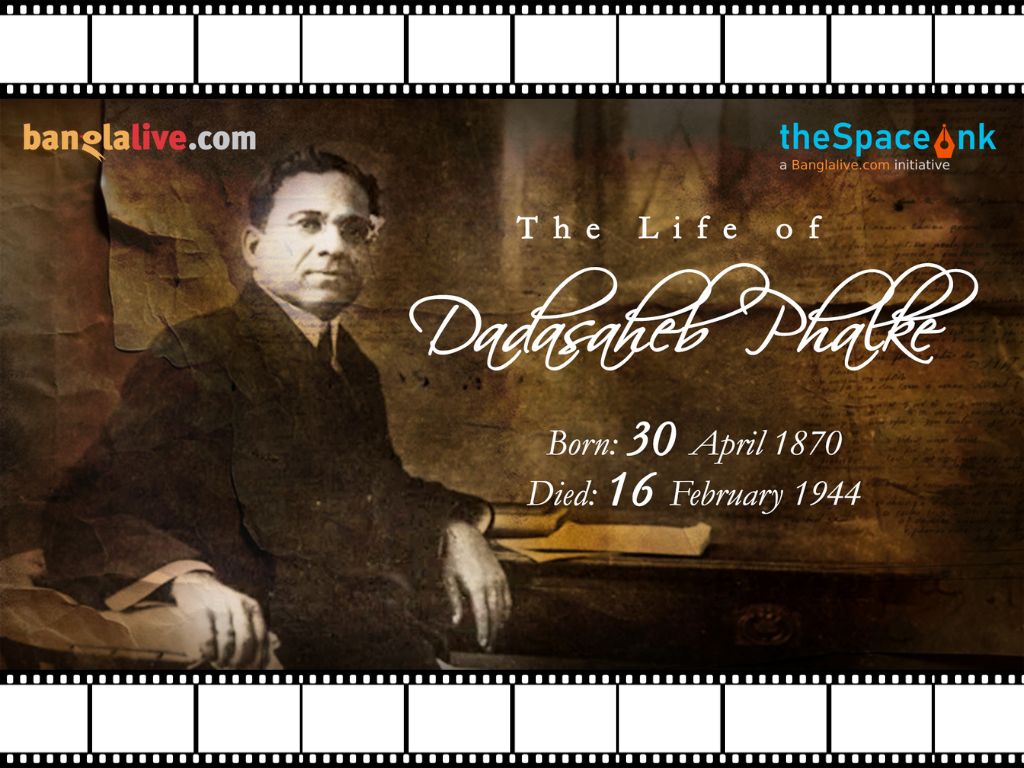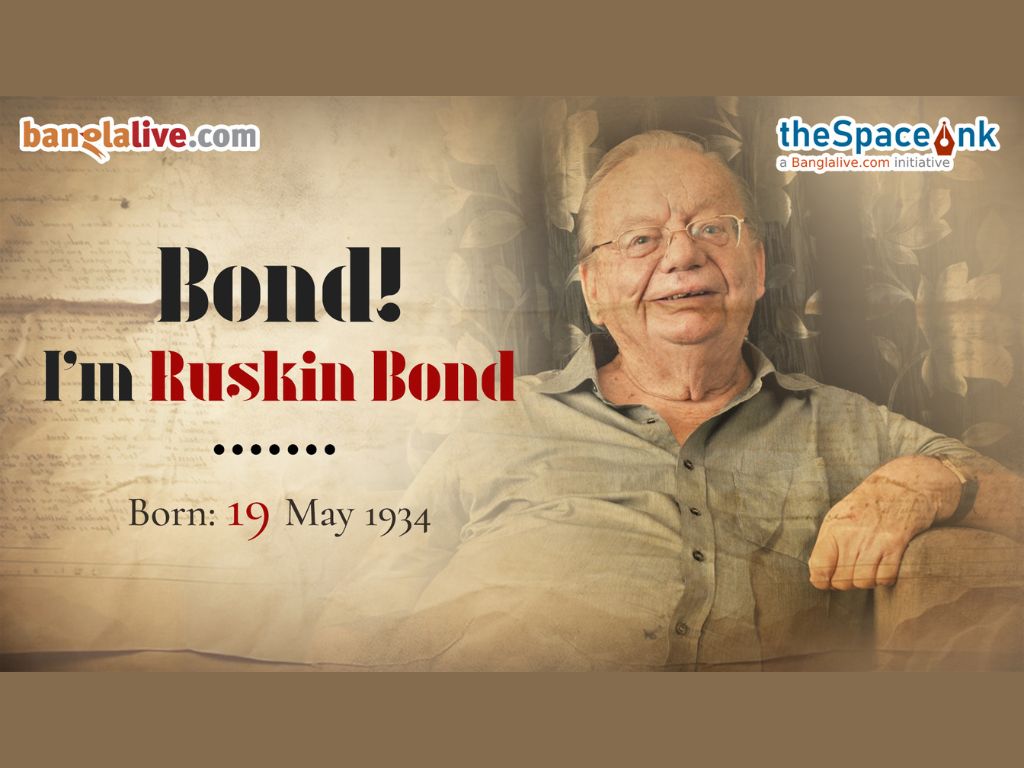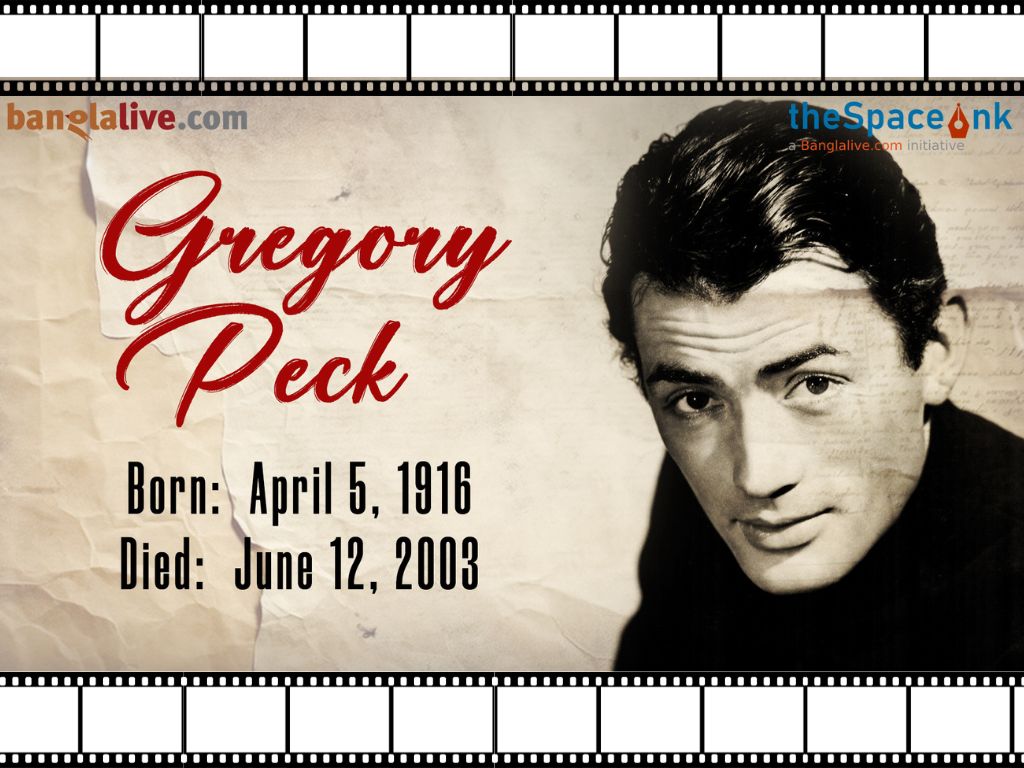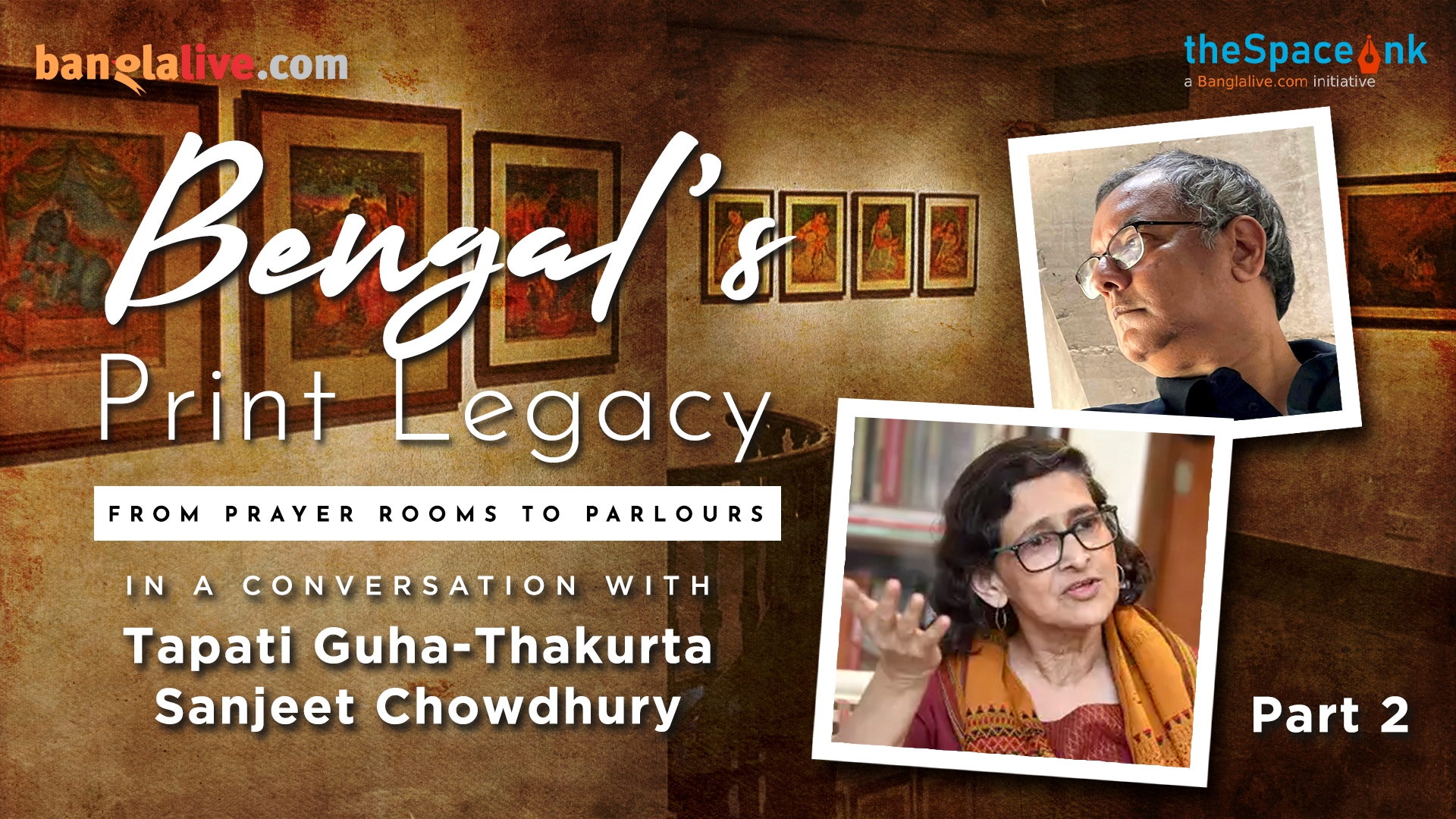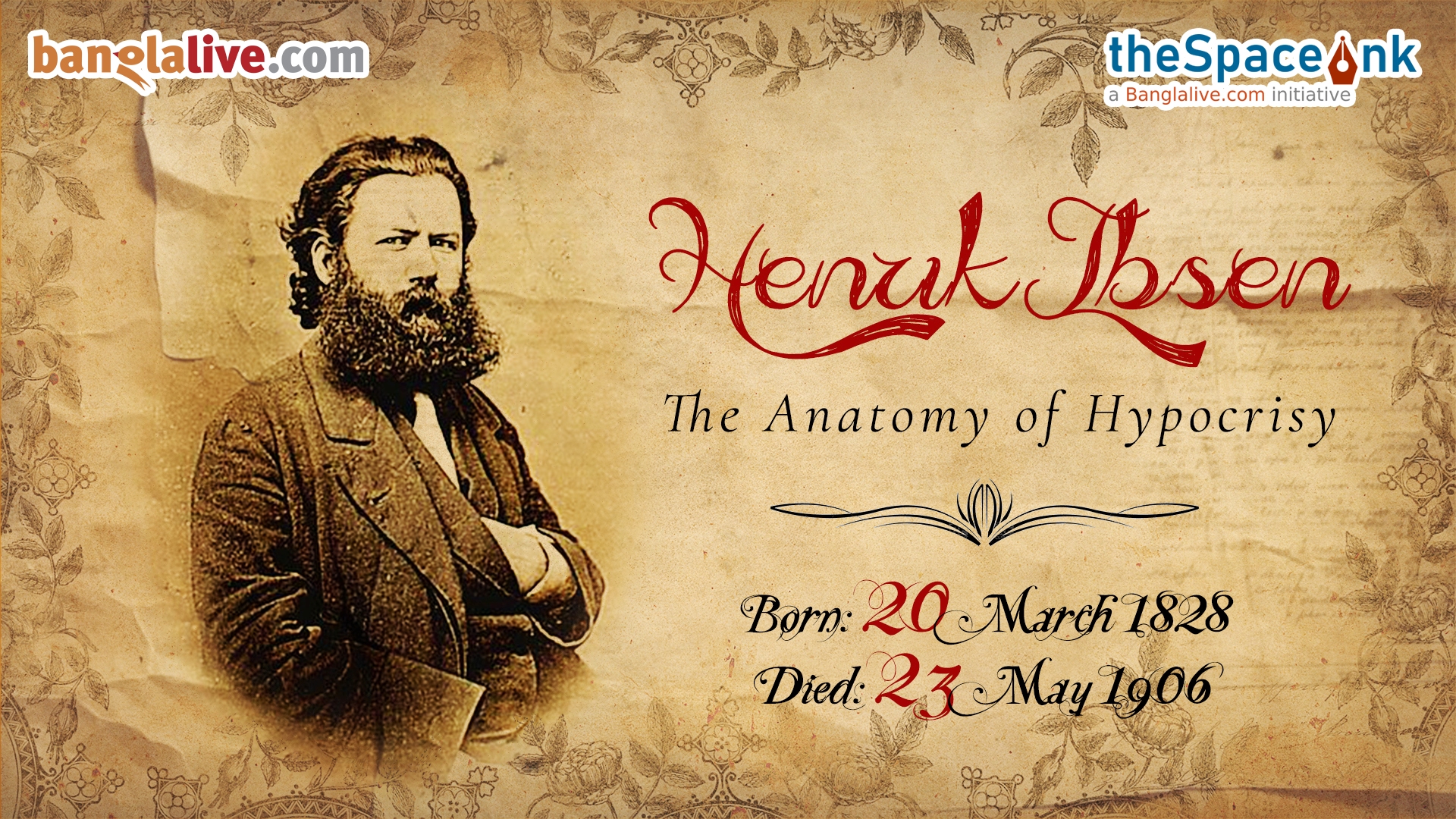(Dadasaheb Phalke)
He reversed his name and used it as an alias in his magic shows, perhaps to sound more exotic and mysterious. His photography business failed due to the myth that the camera absorbs the energy of the subjects being photographed, causing them to die. These failures proved to be blessings in disguise.
Dadasaheb Phalke was born on April 30, 1870, in Trimbak, British India (now in Maharashtra, India).He is regarded as the founder of Indian cinema and a director of motion pictures. Phalke was recognized for creating the country’s first domestic feature film and for giving rise to the rapidly growing Indian film industry, which is primarily recognized for its Bollywood productions.
From an early age, Dadasaheb Phalke demonstrated a keen interest in the arts. In 1885, resolute in his pursuit of his goals, he enrolled in the Sir J.J. School of Art in Bombay (now Mumbai). Aside from photography, lithography, architecture, and amateur dramatics, he also developed his skills in magic during his time there. He had a brief career as a photographer, painter, and set designer for theater.Because of the urban legend that the camera drains a person’s energy, causing them to die, it did not function properly.
The Prince of Baroda also opposed him, at first refusing to take pictures because he thought it would shorten his life.
Dadasaheb Phalke was greatly influenced by a number of Ravi Varma’s paintings of Hindu gods while he was employed at the lithography press of the renowned painter. This influence was reflected in Phalke’s own depictions of different gods and goddesses in the mythological films he subsequently produced.
A German magician who was touring in Baroda at the time taught Phalke magic tricks. This aided him in his use of trick photography in his movies. Phalke started giving magic shows in public at the end of 1901 under the alias Professor Kelpha, which was a combination of his last name’s letters in reverse order.
Video: Gregory Peck: Birthday Tribute
Due to their disagreements, Dadasaheb Phalke and his partner founded Phalke’s Art Printing and Engraving Works in 1908, but the company failed. The pivotal moment in Phalke’s career was his accidental viewing of the silent movie The Life of Christ (1910). Phalke was so moved by the movie that he made it his goal to bring everything Indian to the big screen.
Dadasaheb Phalke spent the following year gathering different film-related materials from Europe, such as books, catalogs, and filmmaking equipment. By focusing candlelight on a lens and projecting the images onto the wall, he began showcasing movies at night after purchasing a small film camera and reels. He was sleep deprived and spent four to five hours every evening watching movies.In the process, his vision also deteriorated.
In 1912, he travelled to London to study under British film pioneer Cecil Hepworth. His Hindu mythology-based Raja Harishchandra, India’s first silent film, was released in 1913. Written, produced, directed, and distributed by Phalke, the movie was a big hit and a significant turning point in Indian cinema history. At a time when professional acting was frowned upon for women, he also introduced a female actor in the lead role in his film Bhasmasur Mohini (1913).
With the assistance of multiple collaborators, Phalke founded the Hindustan Film Company in 1917, and proceeded to produce a number of films. Phalke was a prolific experimenter with special effects and a gifted film technician. His use of trick photography and mythological themes delighted his audience. Lanka Dahan (1917), Shri Krishna Janma (1918), Sairandari (1920), and Shakuntala (1920) were some of his other popular films.
As the film industry grew and sound was introduced to movies, Phalke’s art became less well-known. After quitting the film industry in the 1930s, he passed away in Nashik on February 16, 1944, feeling lonely, resentful, and exhausted.
The Dadasaheb Phalke Award, which is given annually by the Indian president for lifetime contributions to Indian cinema, was established by the Indian government in 1969 in honor of Phalke’s contributions to Indian cinema.He died on February 16, 1944,at Nashik, Maharashtra.


